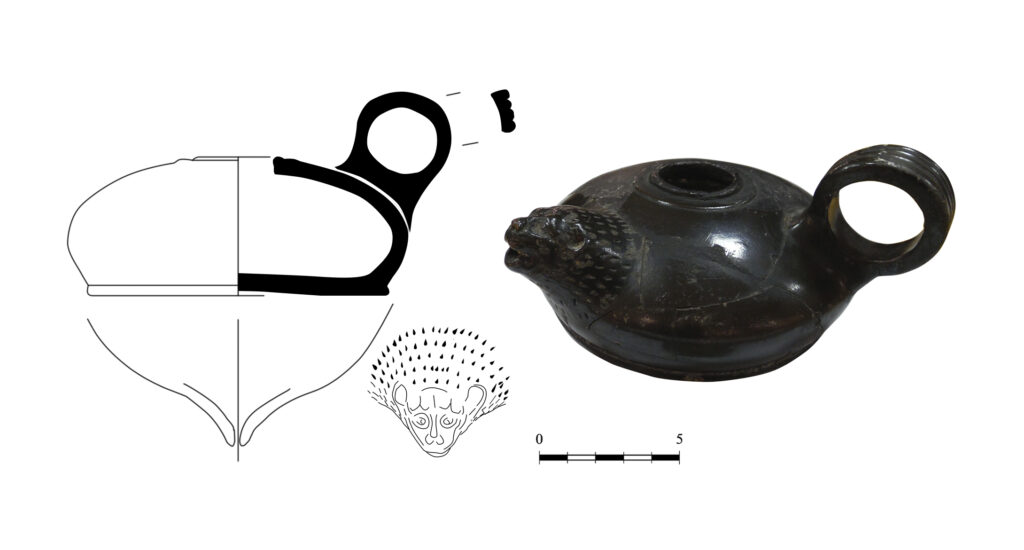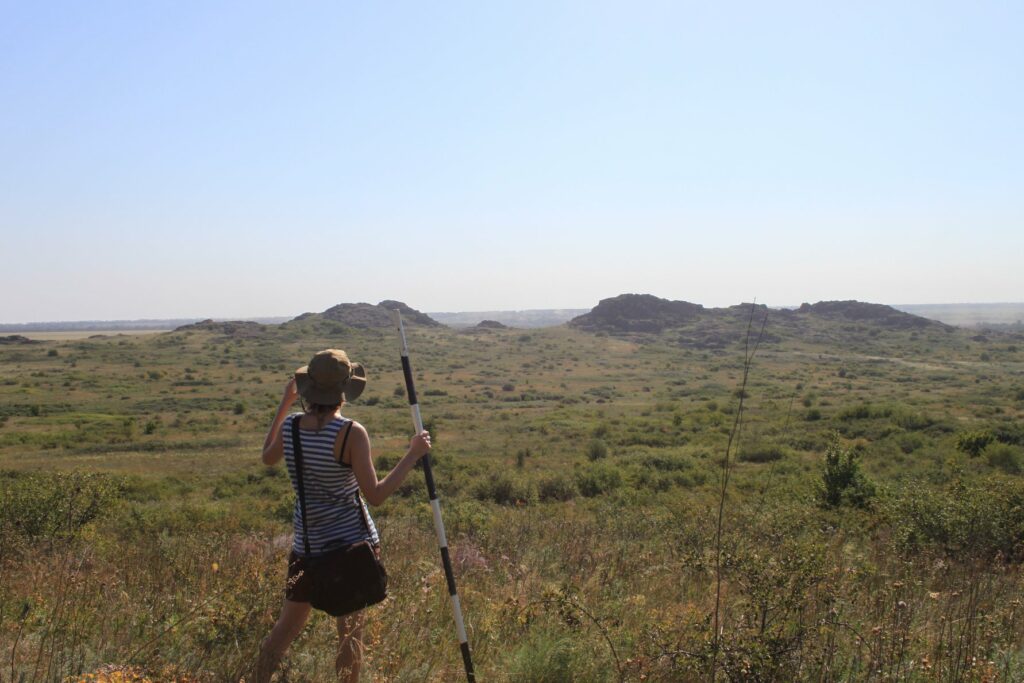The heritage work is not only saving the sites or objects under acute threat. An essential part of our assistance is also funding of projects that document and analyze the archaeological record and make it available to other scientists by publishing the results of studies. Such work devoted to the re-evaluation of the burial customs of the early medieval communities in the Dnipro region in the light of new data is being carried out by Dmytro Bibikov (Fig. 1) from the Institute of Archaeology of the National Academy of Sciences of Ukraine. Today, Dmytro Bibikov reports about his monograph in progress on cultural processes in the second half of the 1st millennium AD.
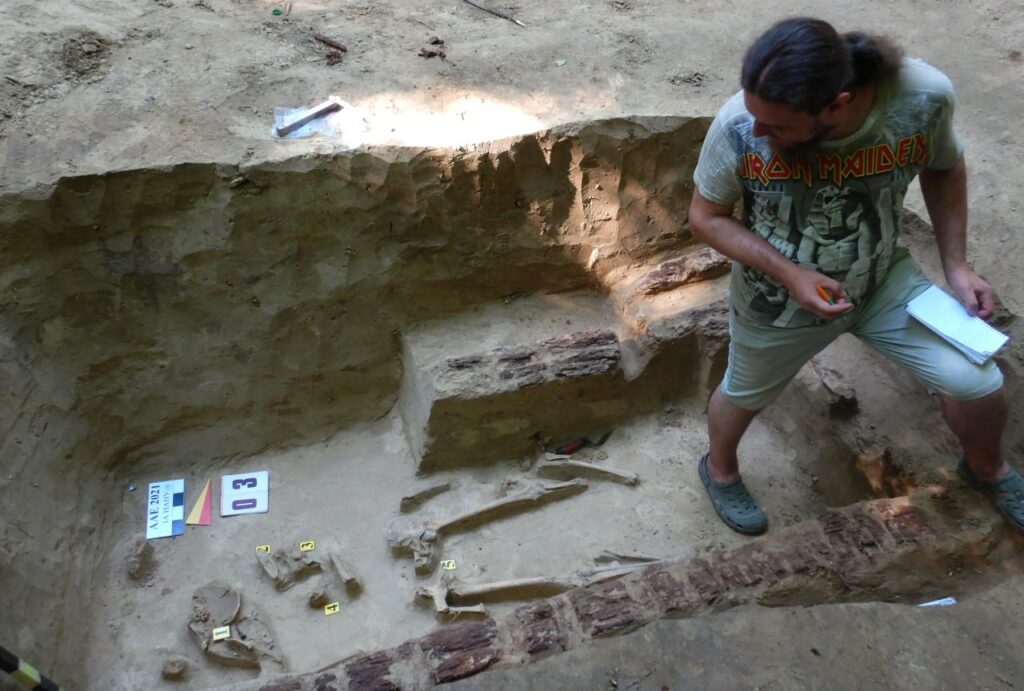
Different generations of researchers addressed the funeral rite of the Eastern Slavs and the dynamics of its development on the eve of Kyiv Rus. These issues are important not only for the study of worldviews of the Slavic communities, but also for the understanding of the state-building, ethno-cultural and social processes of the early Middle Ages in Central-Eastern Europe. In Ukraine, Slavic materials of the last quarter of the 1st millennium AD belong to two separate cultural traditions. The bearers of Raiky culture inhabited the right-bank of the Dnipro River, Volhynia and the Dnister River region, and the Romny culture is associated with the Severians known from the chronicles, who lived on the left bank of the Dnipro River.
In my project with a monograph as an outcome I analyze the funeral rite of the Eastern Slavs of the pre-state period against the background of a wide range of synchronous materials from Central and Eastern Europe. The study contains the most comprehensive and reliable selection of investigated burials (more than 300 complexes) and burial grounds, presented as a catalogue in the appendices.
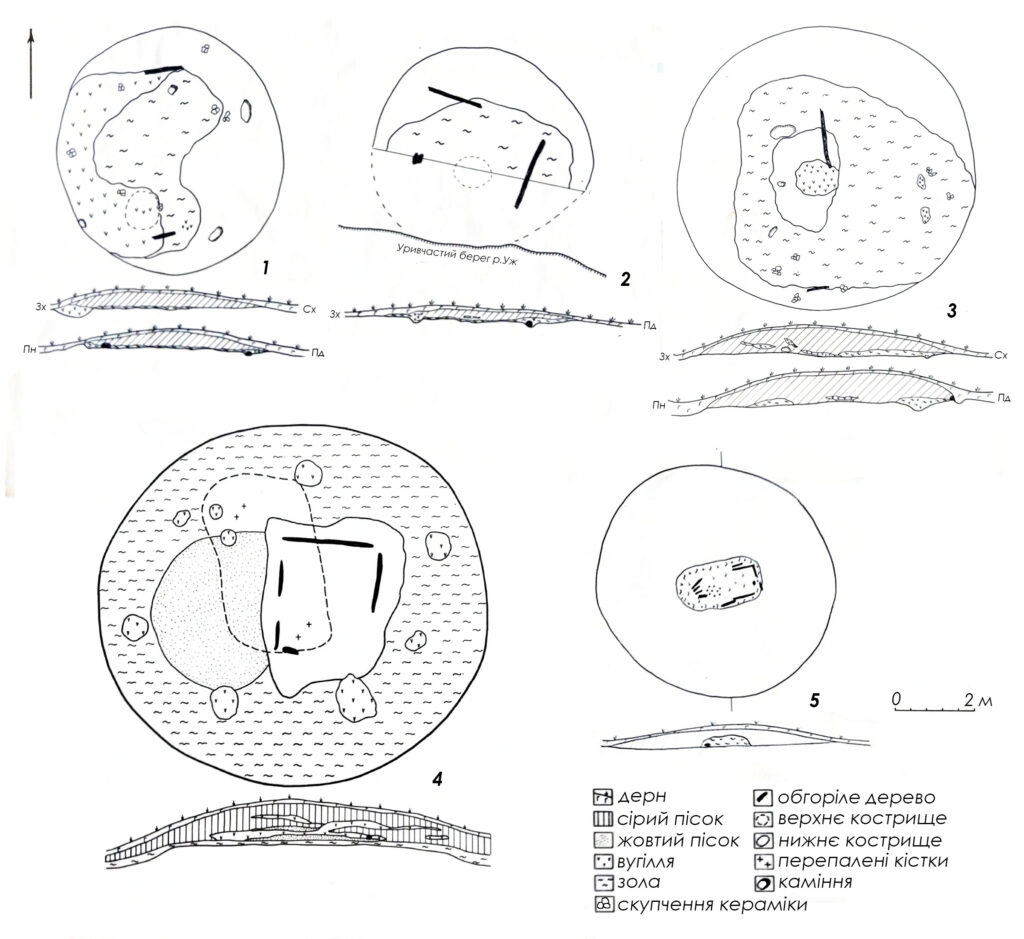
The funeral rite of the Raiky culture has not been sufficiently studied yet. Modern methodological approaches make it possible to assess its character in a new way. Wooden constructions of various types are quite common in the mounds of the Raiky culture. Burned rectangular structures made of horizontal logs became the most common (Fig. 2). They have direct and numerous analogies on the territory of Poland, the Czech Republic, Slovakia and East Germany (Fig. 3), which are considered as models of residential buildings.
In the Chornivka and Dobrostany cemeteries, most of the barrows contained pillar pits. This element, which has always been neglected by researchers, is also widely known in the West Slavic lands, which testifies to common worldviews that were widespread in the 8th–10th centuries among Slavs from the Elba to the Dnieper. It is believed that burial urns were placed on the pillars, since accumulations of burned bones and fragments of ceramics have been recorded around the pillars on the surface of the mounds (Fig. 4).
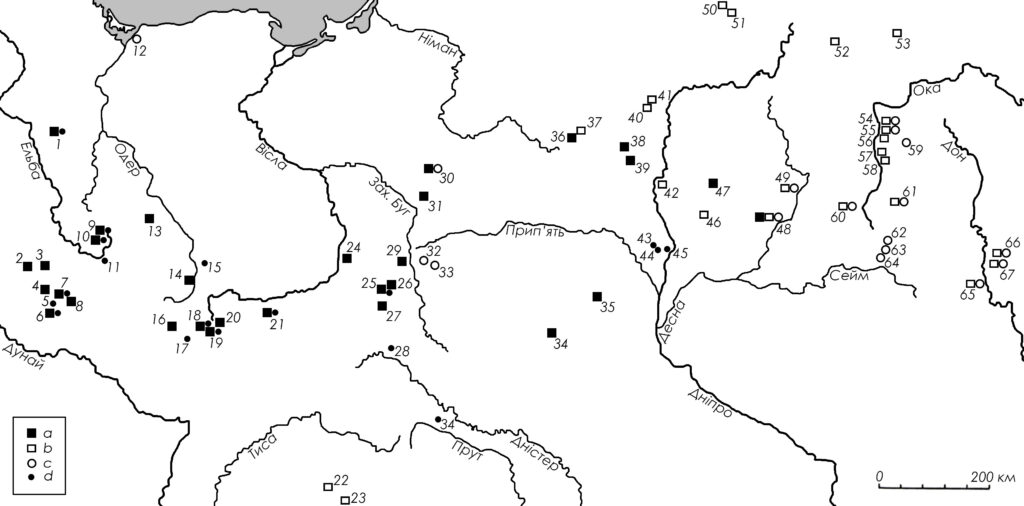
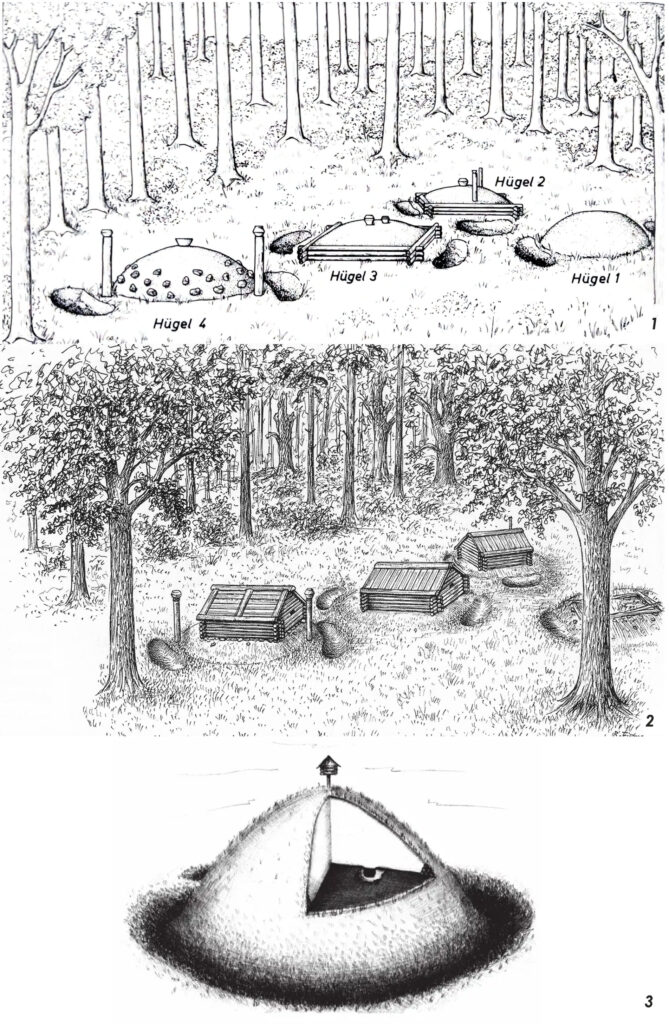
In the upcoming monograph, I also make a new attempt at a comprehensive analysis of the burial rite of the Romny culture, which is somewhat better illuminated in the archaeological literature. Separate sections of the planned monograph are devoted to the semantics of the Slavic funeral rite, as well as ethno-cultural processes on the territory of Ukraine in the second half of the 1st millennium AD according to the burial contexts. I analyze the changes that occurred in the funeral rite of the Eastern Slavs at the end of the 10th century AD and address the reasons for these changes.
References
Plavinsky et al 2014: M. Plavinsky/L. Duchyts/A. Plavinsky/V. Shadyra, Mound cemeteries of the west of Braslavskyi Paazerya (excavation materials 1978–2010) (Minsk 2014).
Rusanova 1959: И.П. Русанова, Отчет о работе Правобережнего отряда Черниговской экспедиции ИИМК АН СССР за 1959 г. Науковій архів ІА НАНУ ф. е. 1959/20а.
Rusanova 1961: И.П. Русанова, Отчет о работе Древлянского отряда Днепровской археологической экспедиции Института археологии АН СССР за 1961 г. Науковій архів ІА НАНУ ф. е., 1961/23.
Rusanova 1969: И.П. Русанова, Отчет о работе Волынской экспедиции Института археологии АН СССР за 1969 г. Науковій архів ІА НАНУ ф. е., 1969/103.
Wetzel 1979: G. Wetzel, Slawische Hügelgräber bei Gahro, Kr. Finsterwalde. Veröffentlichungen des Museums für Ur- und Frühgeschichte Potsdam 12, 1979, 129–158.
Wetzel 2012: G. Wetzel, Slawische Gräber. In: F. Schopper/D. Dähnert (Hrsg.), Archäologie in der Niederlausitz (Cottbus 2012) 228–231.

